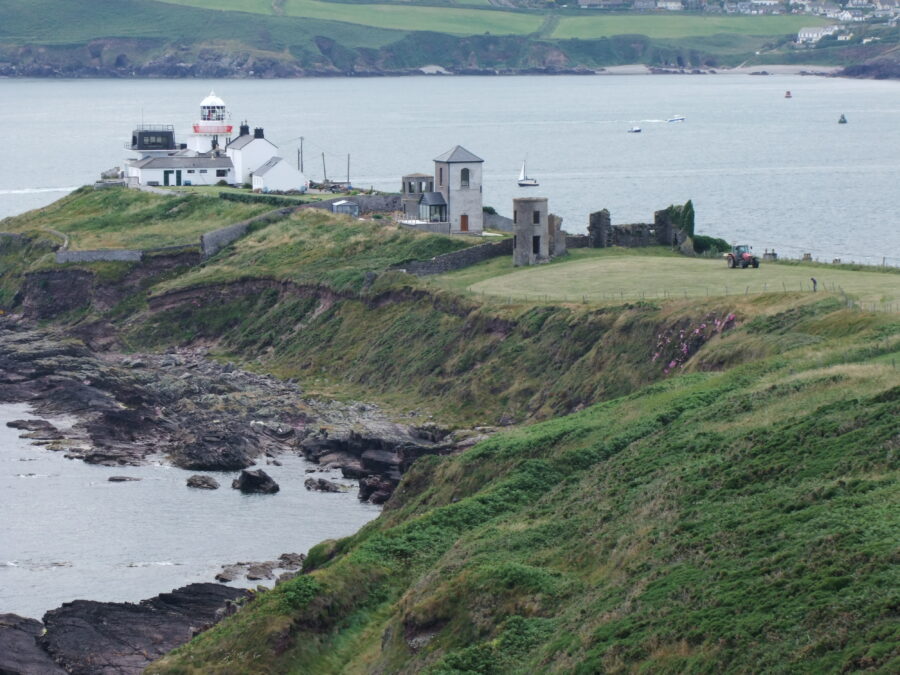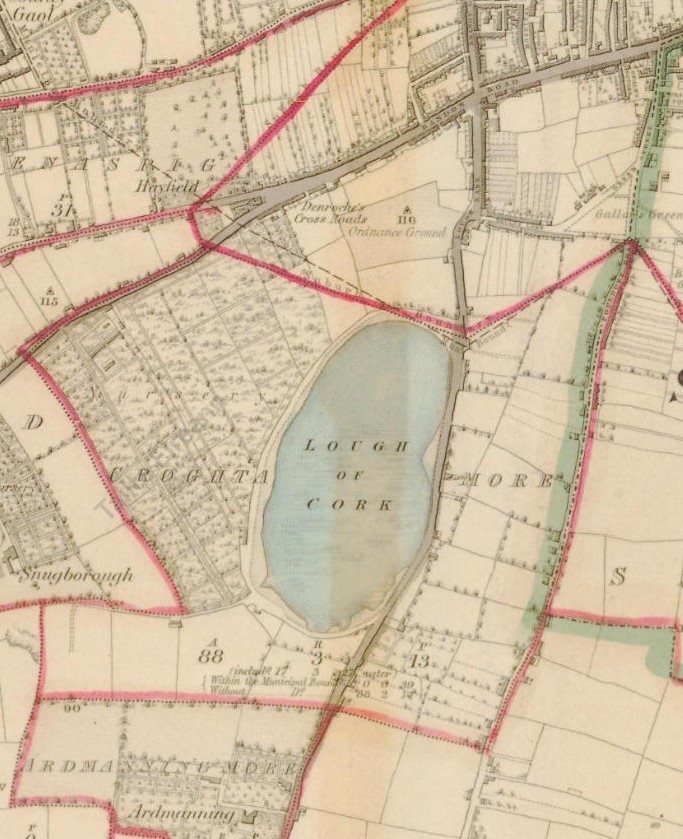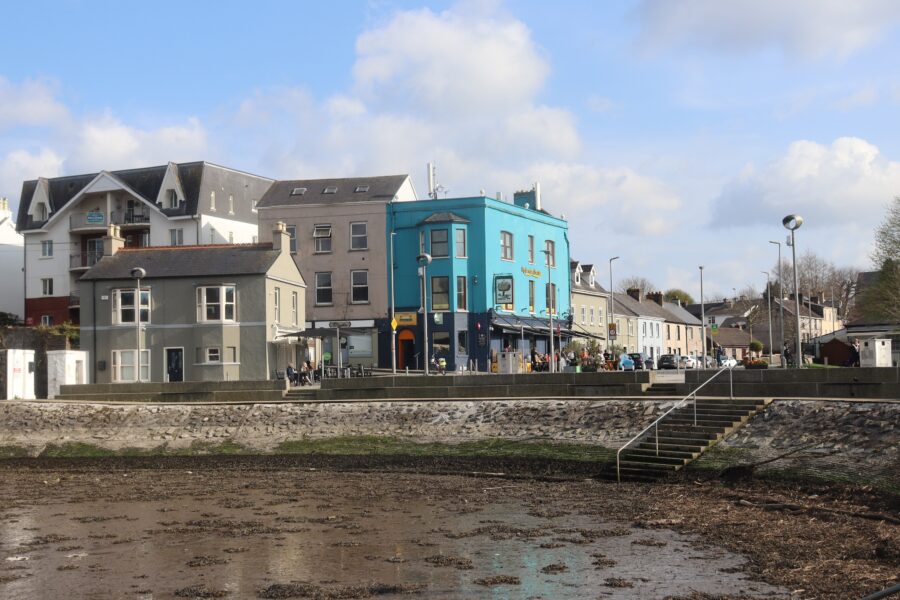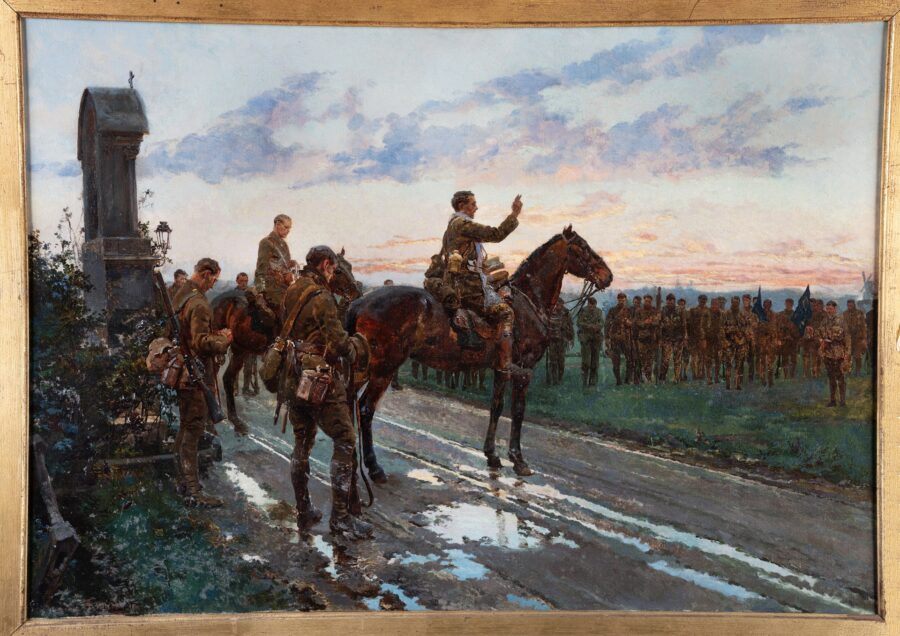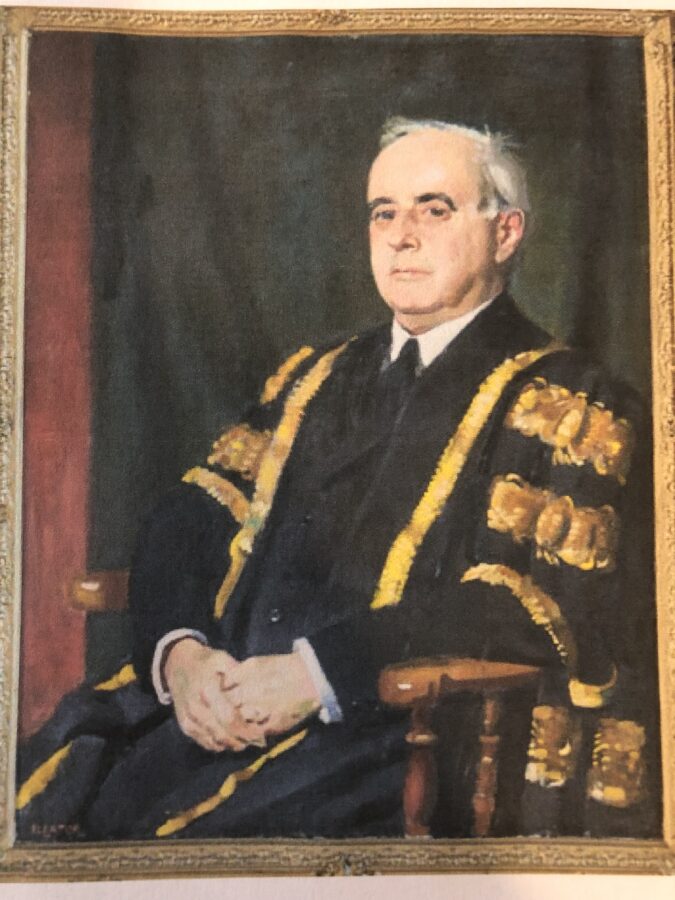
Kieran’s Our City, Our Town Article,
Cork Independent, 29 May 2025
Making an Irish Free State City – An Interview with Alfred O’Rahilly
Different voices pop up along Cork’s journey through the 1920s and the early Irish Free State. An interview with University College Cork’s Professor Alfred O’Rahilly in early 1925 reveals his thoughts on politics and the need for the city of Cork to come together for its future.
In the late 1910s Alfred became intensely concerned with social reform and economics and with the ardent narrative of younger nationalists. His theological and philosophical training enabled him to become a spokesman for Sinn Féin when ecclesiastical censure was threatened. He was always prepared to challenge authority and military repression in Ireland when he disagreed with it. He was elected to the Cork Corporation, and as a member of it in 1920 he proposed the election of Lord Mayor MacCurtain and afterwards of Lord Mayor MacSwiney (to replace him). Alfred took charge of the public funerals for both Lord Mayors, in defiance of all forms of British intimidation.
Alfred was a supporter of the Treaty in 1921 being the constitutional adviser to the Irish Treaty Delegation. In 1922, he wrote a draft constitution with Darrell Figgis. Following on from his work as a Professor of Mathematical Physics, Alfred became Registrar of University College Cork in 1920, and much of his constructive work within the college was pursued during the ensuing 30 years under the presidency of Dr Merriman (whom he succeeded as President in 1943).
In 1924 and 1925 Alfred led Irish delegations to International Labour Organisation conferences. Alfred had taken an important part in the settlement of the labour dispute in Cork City eighteen months previous to his interview. Elected to Dáil Éireann in 1923 on the Cumann na nGaedhael ticket, he resigned a year later on 1 August 1924.
Alfred maintained his interest in trade, labour and trade unionism. He remained a strong advocate for more joined up thinking around the future trade of the city and was dismissive of any sentiments expressed by foreign press on the future of Cork City and its harbour traffic. Published in the Cork Examiner on 26 January 1925 (p.6), Alfred in a Cork Examiner interview noted improvements in the trade being pursued and the hope of further improvement; “Trade is undoubtedly slack. But there is no use in exaggerating matters. There are distinct signs of improvement. Apart from private assurances of business men, I can refer to the latest returns of the Harbour Board. Compare the import figures for basic slag, agricultural machinery, meal, maize, manures, etc., for the year 1924 and the year 1923. It is apparent that the agricultural community, the most important in this country, is solidly hopeful of improvement”.
Alfred argues that one of the most pressing problems is the modernisation of the Port of Cork, relative to the size of the city and it potentialities and position; “It must be one of the worst in the work as regards machinery and the scientific handling of goods, not to mention any effort to decasualise and regulate dock labour. I hope shortly, at the request of several representatives of merchants and workers, to convene a small committee to reconsider this urgent problem and to take it up at the point where its previous discussion was abandoned”.
Alfred asserts that the advent of political freedom has meant a “relative discrimination against Cork”, owing to the tendency to centralise development in Dublin, the seat of government. He calls for civic spirit and working together; “This must be met, not by public lamentations or pious resolutions of protest, but by the growth of civic spirit and co-operation in the people of Cork City. There has been altogether too little of this in the past. The tendency has been for each to consider his own little corner exclusively”.
Alfred calls for more political stability denoting that the sooner the past is buried, the better and that the thoughts of all parties in the country should face up to the immediate and extent work and challenges of the country. He notes that the businesses of Ireland are living under the constant threat of political upheaval and that trade can be paralysed; “Under these circumstances trade is paralysed, capital flows out of the country, credit is tightened, business enterprise is strangled. The removal of this incubus is all that our trade needs to revive”.
Alfred goes onto note that in his opinion the irony of the extent political situation benefits nobody and slows down both the national and economic progress of the country; “The minority, in pursuit of an ideal which admittedly is not immediately realisable, are merely preventing the country from developing, and are themselves committing a slow process of political suicide. They may have fine social and commercial ideals, but they make them quite futile and impractical by condemning themselves to ineffectiveness and retirement”.
Alfred calls upon Éamon de Valera and the Sinn Féin party to accept their responsibilities, review the Oath of Allegiance, enter Dáil Éireann and advance the country’s progress; “There have thousands of voters who would vote for them as soon as they become practical and face realities. If this were done, the whole country would breathe a sigh of relief, and stability and confidence would increase at once”.
Commenting on abstention in his final thoughts during the his interview, Alfred argues that the Sinn Féin policy of abstention was helping nobody or brought advocates any nearer to effective political power. He notes; “It merely gives them sufficient strength to oppose and thwart the development of the country. They would have far more influence and power, if keeping their organisation intact, they ceased to put forward candidates who intend to do nothing, and instead proclaimed their intention for the present of backing the most national of the candidates in each constituency”.
Caption:
1306a. Professor Alfred O’Rahilly, c.1944 as President of University College Cork, now on display in the Aula Maxima in University College Cork
June 2025 Historical Walking Tours with Kieran (All free, two hours, no booking required).
Friday evening, 30 May, Cork Through the Ages, An Introduction to the Historical Development of Cork City; meet at the National Monument, Grand Parade, 6.30pm.
Monday evening, 2 June, Shandon Quarter; meet at North Main Street/ Adelaide Street Square, opp. Cork Volunteer Centre, 6.30pm.
Wednesday evening, 4 June, The Marina, meet at western end adjacent Shandon Boat Club, The Marina, 6.30pm.
Thursday evening, 5 June, Douglas and its History, meet in the carpark of Douglas Community Centre, no parking in the centre, 6.30pm.
Saturday afternoon, 21 June, Ballinlough – Antiquities, Knights, Quarries and Suburban Growth; meet inside Ballintemple Graveyard, Temple Hill, opp O’Connor’s Funeral Home, 1pm.
Sunday afternoon, 22 June, Blackpool: Its History and Heritage; meet at the square on St Mary’s Road, opp North Cathedral, 1pm.
